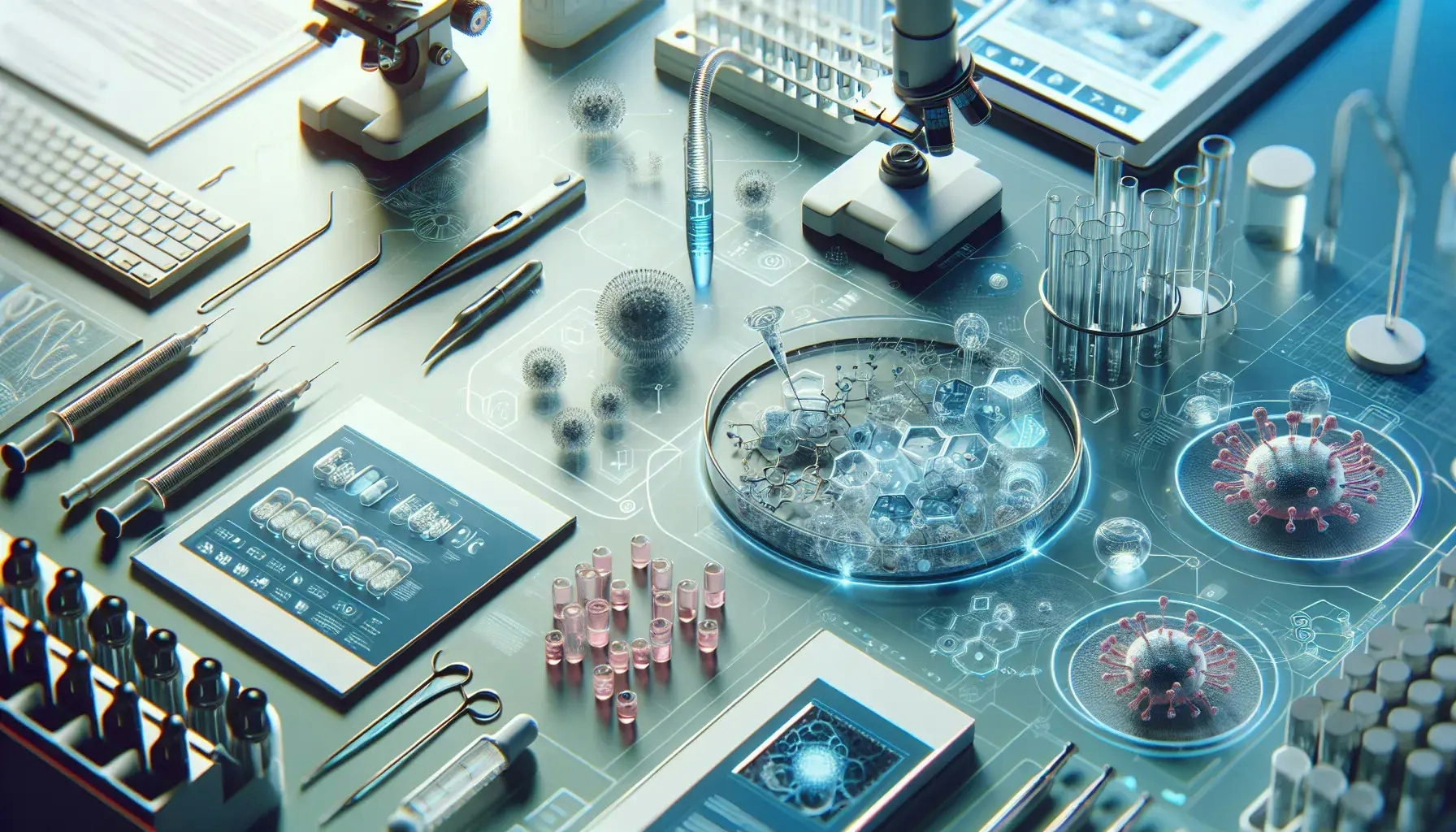Welcome to a fascinating journey through the realm of biomedical engineering research. This blog post will delve into the latest advancements that are revolutionizing the field. From tissue engineering to nanotechnology, we'll explore how these cutting-edge developments are transforming healthcare and offering new hope for patients worldwide.
Tissue Engineering and Regenerative Medicine
Tissue engineering and regenerative medicine stand at the forefront of biomedical engineering research. These disciplines aim to repair, replace, or regenerate tissues and organs that have been damaged by disease, aging, or trauma.
In recent years, scientists have made significant strides in this area. They have developed bio-inks for 3D printing of human tissues and organs. These bio-inks, composed of cells and biocompatible materials, are used to construct complex 3D structures that mimic natural tissues.
Moreover, researchers are also exploring the potential of stem cells in regenerative medicine. Stem cells have the unique ability to differentiate into various cell types, making them a promising tool for tissue regeneration.
Biomedical Nanotechnology
Another exciting area of biomedical engineering research is nanotechnology. This field involves the manipulation of materials at the nanometer scale to create new devices and structures with enhanced properties.
Nanotechnology has numerous applications in medicine. For instance, researchers are developing nanoscale drug delivery systems that can target specific cells or tissues in the body, improving the efficacy of treatments while minimizing side effects.
In addition, nanotechnology is also being used to create highly sensitive diagnostic tools. Nanosensors, for example, can detect disease markers at very low concentrations, enabling early diagnosis and intervention.
Biomedical Imaging and Visualization
Biomedical imaging and visualization techniques provide crucial insights into the structure and function of the body, aiding in diagnosis and treatment planning.
Recent advancements in this field include the development of high-resolution imaging techniques such as optical coherence tomography (OCT) and multiphoton microscopy. These technologies allow for detailed visualization of tissues at the cellular level, enhancing our understanding of disease processes.
Furthermore, the integration of artificial intelligence (AI) with imaging technologies is another promising development. AI algorithms can analyze imaging data to detect abnormalities, predict disease progression, and guide treatment decisions.
Bioinformatics and Computational Biology
Bioinformatics and computational biology involve the use of computational methods to analyze biological data. These fields play a critical role in biomedical research, enabling the analysis of complex datasets and the modeling of biological systems.
One of the key advancements in this area is the development of machine learning algorithms for the analysis of genomic data. These algorithms can identify patterns and associations in large datasets, aiding in the discovery of disease genes and the prediction of disease risk.
Moreover, computational models are also being used to simulate biological systems, providing insights into the mechanisms of disease and the effects of potential treatments.
Biomechanics and Rehabilitation Engineering
Biomechanics and rehabilitation engineering focus on the development of devices and strategies to assist individuals with disabilities.
In recent years, there have been significant advancements in the design of prosthetic limbs and assistive devices. For example, researchers are developing bionic limbs that can be controlled by the user's thoughts, providing a more natural and intuitive control.
Furthermore, rehabilitation engineering is also exploring the use of virtual reality (VR) for physical therapy. VR can provide a safe and controlled environment for patients to practice physical tasks, improving their recovery outcomes.
Biosensors and Bioelectronics
Biosensors and bioelectronics involve the development of devices that can detect biological signals or interact with biological systems.
One of the latest advancements in this field is the development of wearable biosensors. These devices can monitor various physiological parameters, such as heart rate, blood pressure, and glucose levels, providing real-time feedback to the user and their healthcare provider.
In addition, researchers are also developing bioelectronic devices that can interface with the nervous system. These devices could be used to treat a range of conditions, from chronic pain to neurological disorders.
The Future of Biomedical Engineering Research
The field of biomedical engineering research is advancing at a rapid pace, with new breakthroughs offering exciting possibilities for the future of healthcare. From regenerative medicine to bioinformatics, these advancements are not only enhancing our understanding of disease but also paving the way for more effective and personalized treatments. As we continue to explore the frontiers of this field, we can look forward to a future where biomedical engineering plays an even more pivotal role in improving human health.

